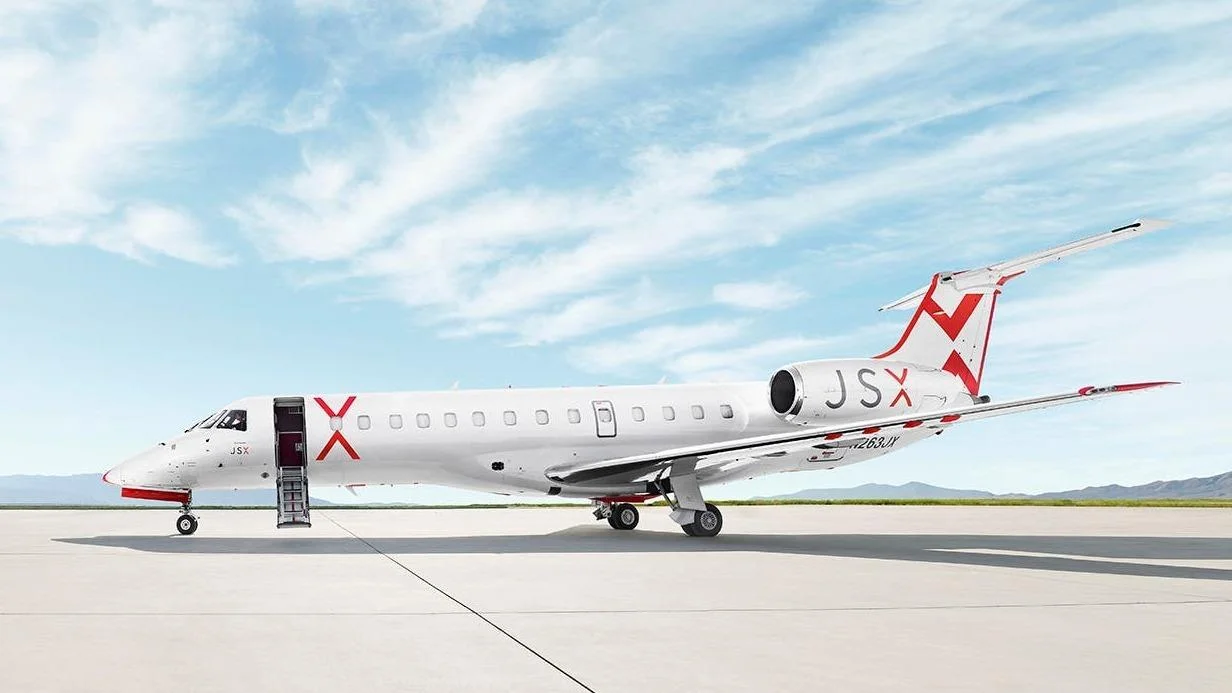Owners and potential aircraft buyers are increasingly interested in sharing ownership of an aircraft with at least one other person. This approach allows them to free up capital, reduce ownership costs, and share the risk of depreciation.
Before embarking on shared ownership, parties should agree on a suitable aircraft that meets their needs and ensure mutual trust. They must also model the economics individually and collectively to avoid surprises regarding the true cost of ownership.
Key issues such as tax planning and liability limitation should be addressed early, often by forming a limited liability company (LLC). Compliance with Federal Aviation Regulations (FARs) is essential, including confirming adequate insurance coverage.
 Alerts Sign-up
Alerts Sign-up












